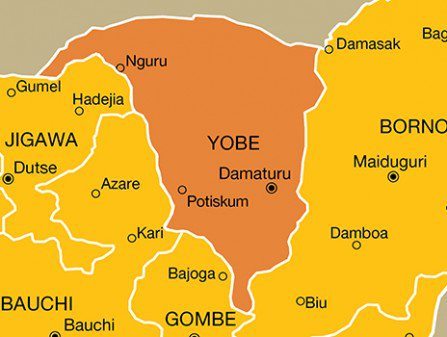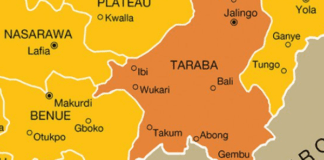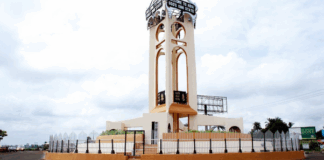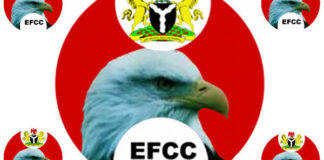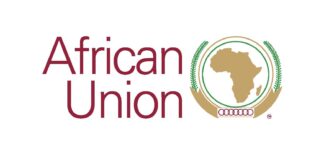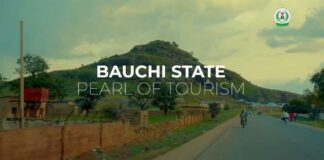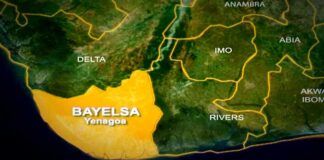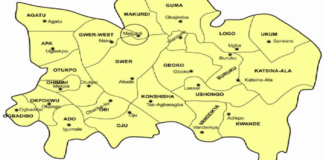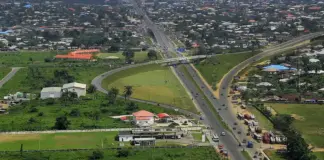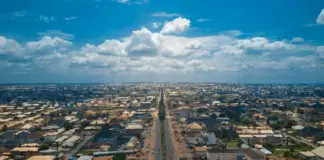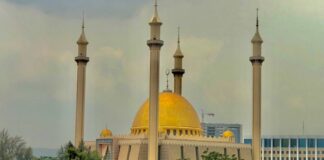By 2025, the population of Yobe State is projected to reach approximately 3,976,316, reflecting an increase of nearly 9% compared to the estimated 3,649,600 residents recorded in 2022.
Table of Contents:
This population growth is primarily fueled by a high birth rate and a predominantly youthful demographic. The state’s annual growth rate stands at 2.9%, contributing to a steady rise in its total inhabitants.
Historical Trends in Yobe State’s Population Growth
Since its establishment on August 27, 1991, Yobe State, situated in northeastern Nigeria, has witnessed significant demographic changes.
Originally carved out from the western section of Borno State under the military administration of General Ibrahim Babangida, its creation aimed to enhance governance and foster regional development in an area deemed too vast and complex to manage under Borno State.
Damaturu serves as the state capital, while Potiskum stands as its largest urban center, recognized for its commercial vibrancy and home to one of Africa’s largest cattle markets.
Before attaining statehood, Yobe was predominantly inhabited by ethnic communities such as the Kanuri, Fulani, and Ngizim.
The Ngizim people established the Potiskum Emirate in 1809, which later integrated into the Fika Emirate Council under British colonial administration in 1915.
Over time, the region transitioned from being part of the Northern Region to the North-Eastern State in 1967, then became a segment of Borno State in 1976, before finally being recognized as a separate state in 1991.
At the time of its inception, Yobe State had a population of approximately 1.5 million, as per the 1991 census. This figure rose to 2,321,339 by the 2006 census.
By 2016, estimates placed the state’s population at about 3.29 million. By 2022, this number had surged to roughly 3,649,600, with projections indicating a further rise to around 3.98 million by 2025.
While the state continues to grow, the increasing population is largely influenced by high fertility rates and internal migration to economic hubs such as Potiskum.
However, challenges such as the Boko Haram insurgency have led to periodic displacement, affecting settlement patterns in some areas. Despite these obstacles, Yobe State has continued to develop and expand over the years.
Demographics of Yobe State
Age Distribution
| Age Group | Percentage | Estimated Population |
|---|---|---|
| 0-4 years | 20% | 795,263 |
| 5-14 years | 25% | 994,079 |
| 15-24 years | 20% | 795,263 |
| 25-54 years | 25% | 994,079 |
| 55 years and above | 10% | 397,632 |
Gender Distribution
| Gender | Estimated Population |
|---|---|
| Male | 2,025,000 |
| Female | 1,951,316 |
Ethnic Composition
| Ethnicity | Percentage | Estimated Population |
|---|---|---|
| Kanuri | 40% | 1,590,526 |
| Fulani | 25% | 994,079 |
| Ngizim | 15% | 596,447 |
| Bade | 10% | 397,632 |
| Others (Hausa, Bolewa, etc.) | 10% | 397,632 |
